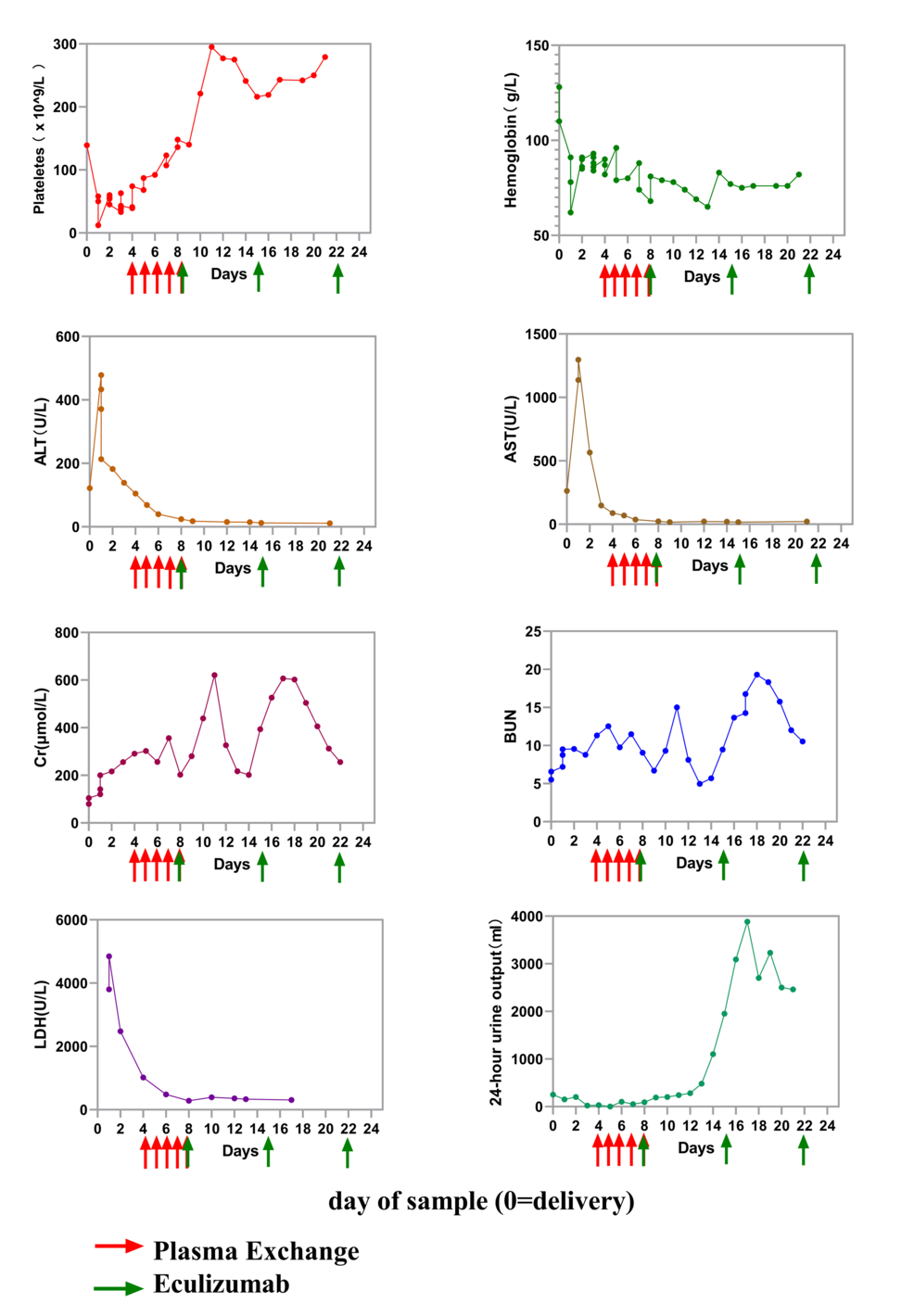Revolutionary Study Reveals Unique Breathing Patterns as 'Respiratory Fingerprints'

Your breath is one of a kind. A pioneering study published on June 12 in the Cell Press journal Current Biology has demonstrated that scientists can identify individuals based solely on their unique breathing patterns with an impressive accuracy of 96.8%. These nasal respiratory 'fingerprints' not only serve as a means of identification but also provide valuable insights into an individual's physical and mental health.
The research originated from a keen interest in olfaction, which is the scientific term for the sense of smell. In mammals, the brain processes odor information during inhalation, establishing a fascinating link between breathing and brain activity. This connection prompted the researchers to ponder an intriguing question: since every brain is unique, could it be that each person's breathing pattern also reflects that individuality?
To explore this concept, the research team developed a lightweight, wearable device designed to continuously track nasal airflow for a full 24 hours. This innovative gadget utilizes soft tubes placed comfortably under the nostrils, allowing for long-term data collection. Previous breathing tests typically lasted no longer than 20 minutes and were primarily focused on evaluating lung function or diagnosing specific diseases. However, these brief assessments often fail to capture the subtle and intricate patterns that characterize an individual's unique breathing.
Noam Sobel, one of the study's authors from the Weizmann Institute of Science in Israel, expressed the groundbreaking nature of their findings: "You would think that breathing has been measured and analyzed in every way. Yet we stumbled upon a completely new way to look at respiration. We consider this as a brain readout." This perspective promises to revolutionize our understanding of both breathing and its implications for health.
The research team fitted 100 healthy young adults with the device, allowing them to go about their daily routines while the device captured their breathing data. Remarkably, the researchers were able to identify individuals using only their breathing patterns with a high degree of accuracy. This level of precision was sustained across multiple retests conducted over a two-year span, rivaling the effectiveness of existing voice recognition technologies.
Timna Soroka, another author from the Weizmann Institute, initially had reservations about the feasibility of identifying individuals through their breathing alone. She noted, "I thought it would be really hard to identify someone because everyone is doing different things, like running, studying, or resting. But it turns out their breathing patterns were remarkably distinct." This observation underscores the inherent individuality that exists even in the most basic human functions.
Further analysis revealed intriguing correlations between these respiratory fingerprints and various health metrics, including body mass index, sleep-wake cycles, and levels of anxiety and depression. For instance, participants who exhibited higher anxiety scores tended to have shorter inhalations and more variability in the pauses between breaths while sleeping. Notably, none of the participants had been diagnosed with any clinical mental or behavioral conditions, suggesting that long-term monitoring of nasal airflow could provide critical insights into both physical and emotional well-being.
"We intuitively assume that how depressed or anxious you are changes the way you breathe," Sobel explained. "But it might be the other way around. Perhaps the way you breathe makes you anxious or depressed. If that's true, we might be able to change the way you breathe to change those conditions." This thought-provoking premise opens up exciting avenues for potential therapeutic interventions.
Despite its promising applications, the current design of the device does face significant real-world challenges. The visible tubes that run under the nose may evoke associations with illness, which could hinder widespread acceptance. Additionally, the device does not account for mouth breathing and can shift position during sleep, compromising its effectiveness. With these limitations in mind, the research team is committed to developing a more discreet and comfortable version of the device for everyday use.
Future research directions are already underway. Soroka and Sobel are exploring whether individuals can consciously mimic healthy breathing patterns to enhance their mental and emotional states. "We definitely want to go beyond diagnostics to treatment, and we are cautiously optimistic," Sobel remarked, highlighting the potential for this technology to make a meaningful impact on health outcomes.




























